Home>Garden Essentials>What Do You Call A Side View In Landscape Design
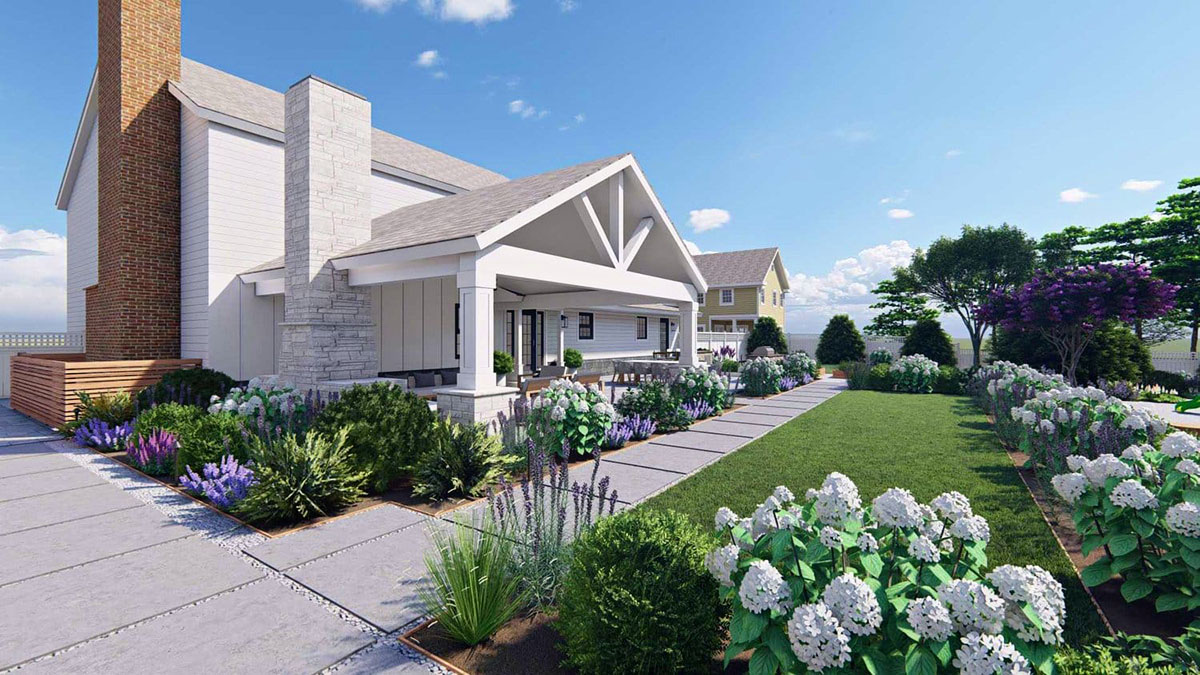

Garden Essentials
What Do You Call A Side View In Landscape Design
Modified: March 7, 2024
Discover the essential elements of landscape design for gardens and learn what a side view is called in this informative guide. Enhance your gardening knowledge today!
(Many of the links in this article redirect to a specific reviewed product. Your purchase of these products through affiliate links helps to generate commission for Storables.com, at no extra cost. Learn more)
Introduction
When it comes to landscape design, many people often think about the beautiful plants, vibrant flowers, and perfectly manicured lawns. However, there is an often-overlooked aspect that plays a crucial role in creating a harmonious and visually stunning outdoor space – the side view.
The side view refers to the perspective of a landscape when viewed from the side, whether it is from a neighboring property, a pathway running alongside the garden, or even a window in your home. It offers a unique opportunity to add depth, dimension, and visual interest to your garden design.
In this article, we will dive deeper into the concept of the side view in landscape design, explore its importance, and discuss techniques for maximizing its potential. So, whether you are a seasoned landscaper or a beginner gardener looking to transform your outdoor space, understanding and incorporating the side view will undoubtedly elevate the overall look and feel of your landscape.
Key Takeaways:
- Embrace the side view in landscape design to add depth, dimension, and visual interest to your outdoor space. Consider plants, structures, and focal points to create a visually captivating and cohesive side view.
- Overcome challenges and consider neighboring properties, line of sight, and spatial constraints when working with the side view. Balance practicality and visual appeal to create a stunning and well-integrated side view.
Read more: What Do You Call A Room Divider
Definition of a Side View in Landscape Design
In landscape design, the side view refers to the perspective of a garden or outdoor space when observed from a lateral position. It is essentially the view of the landscape from the side, rather than the traditional frontal or top-down views.
The side view provides a unique angle that allows observers to appreciate the depth, layers, and overall composition of a landscaped area. It reveals the nuances of height variations, the interplay of different elements, and the overall flow of the design. It offers a fresh and dynamic visual experience that adds a new dimension to your garden.
The side view can be experienced from various vantage points, such as neighboring properties, pathways, driveways, or windows in your home. It is important to consider that the side view may differ depending on the angle from which it is observed, and this can influence the overall perception of the landscape.
By paying attention to the side view in landscape design, you have the opportunity to transform your garden into a visually captivating and cohesive space. It allows you to create a garden that looks beautiful from every angle, adding depth and interest that can be appreciated by both inhabitants and onlookers.
Importance of Considering the Side View in Landscape Design
While the frontal view of a landscape design is what initially captures attention, the side view plays a crucial role in creating a visually appealing and well-integrated outdoor space. Here are some reasons why considering the side view is important in landscape design:
- Enhancing Depth and Dimension: The side view allows for a more comprehensive understanding of the landscape by revealing the layers and depth of the design. It adds a three-dimensional aspect that creates visual interest and makes the garden appear more expansive.
- Creating a Cohesive Design: When designing a landscape, it is essential to ensure that all elements work harmoniously together. By considering the side view, you can assess how different features and elements interact with each other. This leads to a more cohesive and well-balanced design that is visually pleasing from all angles.
- Maximizing Privacy and Screening: The side view is especially crucial in urban or suburban areas where neighboring properties are often in close proximity. By strategically placing plants, structures, or other elements along the sides of your garden, you can create privacy screens and control the view from outside.
- Highlighting Focal Points: The side view provides an opportunity to showcase specific focal points, such as a garden sculpture, a water feature, or a well-designed seating area. By considering the side view, you can position these focal points in a way that maximizes their impact and creates a captivating visual experience.
- Improving Accessibility and Functionality: The side view can offer insights into the accessibility and functionality of your landscape design. By considering how pathways, driveways, and entrances interact with the side view, you can ensure easy navigation and create a seamless flow throughout the outdoor space.
By giving due consideration to the side view, you can transform your garden into a visually stunning and functional space that is enjoyable from every angle. It allows for a more comprehensive and thoughtful approach to landscape design, resulting in an outdoor sanctuary that is both aesthetically pleasing and highly functional.
Elements to Consider when Designing the Side View in Landscape Design
When designing the side view of your landscape, it is essential to consider various elements that will contribute to the overall aesthetic and functionality of your outdoor space. Taking these elements into account will help you create a visually appealing and harmonious side view. Here are some key elements to consider:
- Plants and Vegetation: The selection and placement of plants are crucial in creating an attractive side view. Consider the height, texture, and color of different plants to ensure a visually pleasing composition. Additionally, choose plants that fit the specific conditions of your side view, such as sun exposure and soil type.
- Structures and Hardscapes: Incorporating structures like fences, pergolas, or arbors can add depth and structure to your side view. Similarly, hardscapes such as walkways, retaining walls, or seating areas can enhance the overall visual appeal and functionality of the space. Consider how these elements interact with the existing landscape and complement the overall design.
- Lighting: Incorporating lighting into your side view design can create a dramatic effect and extend the usability of your outdoor space into the evening hours. Use lighting fixtures strategically to highlight key features, create a warm ambiance, and ensure safety along pathways or staircases.
- Water Features: Incorporating water features, such as fountains or ponds, can add a soothing and tranquil element to your side view. Consider the size, placement, and sound of the water feature to ensure it harmonizes with the overall design and provides a pleasant visual and auditory experience.
- Privacy and Screening: If privacy is a concern, consider incorporating plants, fences, or other forms of screening along the sides of your garden. This will help create a sense of seclusion and enhance the overall comfort of the space.
- Views and Perspectives: Take advantage of any beautiful views or perspectives that are visible from the side view. Frame these views by strategically positioning plants or structures, so they become focal points and create a seamless connection between the landscape and its surroundings.
By carefully considering these elements when designing the side view of your landscape, you can create a visually stunning and functional space that blends harmoniously with its surroundings. Each element contributes to the overall composition and enhances the visual appeal of your side view, making it an integral part of your landscape design.
When referring to a side view in landscape design, it is often called a profile view. This view helps to show the vertical elements and elevations of the landscape design, providing a comprehensive understanding of the layout.
Techniques and Strategies for Enhancing the Side View in Landscape Design
Enhancing the side view in landscape design requires careful planning and thoughtful execution. By employing various techniques and strategies, you can maximize the visual impact and create a captivating side view. Here are some techniques to consider:
- Layering: One effective technique is to create layers of plants and structures to add depth and dimension to the side view. Use taller plants or structures towards the back, medium-height plants in the middle, and low-growing plants or groundcovers in the front. This layering technique adds visual interest and creates a sense of depth and perspective.
- Vertical Planting: Another way to enhance the side view is through vertical planting. Utilize trellises, walls, or vertical planters to introduce plants that grow upwards, such as vines or climbers. This technique adds verticality and interest to the side view, making it more visually appealing.
- Color and Texture Contrasts: Incorporating a variety of colors and textures can create a visually striking side view. Use plants with contrasting foliage colors or flowers to add visual interest. Mix plants with different textures, such as smooth leaves with spiky ones, or fine-textured plants with coarse ones. This contrast adds depth and complexity to the side view.
- Creating Focal Points: Introduce focal points along the side view to draw attention and create visual impact. This could be a stunning sculpture, a unique plant specimen, or a well-designed seating area. Position these focal points strategically to guide the viewer’s eye and create a sense of visual intrigue.
- Utilizing Vertical Structures: Incorporating vertical structures like pergolas, arches, or columns not only adds architectural interest but also helps frame the side view. These structures can create visual boundaries and guide the eye towards key features or focal points within the landscape.
- Controlling the Line of Vision: Consider the line of vision when designing the side view. Use pathways or stepping stones to direct the viewer’s gaze and create a sense of movement. This technique helps control the flow and rhythm of the side view, leading the eye to different areas of interest within the landscape.
By employing these techniques and strategies, you can enhance the side view of your landscape design and create a visually captivating outdoor space. Experiment with different combinations of plants, structures, and focal points to find the perfect balance that suits your style and preferences.
Read more: What Do You Call A Construction Worker?
Popular Approaches to Incorporating the Side View in Landscape Design
When it comes to incorporating the side view into your landscape design, there are several popular approaches that can help you make the most of this perspective. These approaches not only enhance the visual appeal but also contribute to the overall functionality and enjoyment of your outdoor space. Here are some popular approaches to consider:
- Creating a Border Garden: One popular approach is to create a border garden along the side of your property. This involves planting a variety of plants, shrubs, and flowers directly along the edges, creating a lush and vibrant side view. This approach not only adds color and texture but also serves as a natural boundary that defines your outdoor space.
- Designing a Vertical Garden: Vertical gardens are a trendy approach to maximizing the side view in landscape design. Install vertical planters or use trellises and climbing plants to create a green wall that brings life and visual interest to the side view. This approach is especially effective in small or narrow spaces where horizontal planting may be limited.
- Utilizing Layered Planting Beds: Layered planting beds offer a visually appealing approach to the side view. By building raised beds of different heights and filling them with a mix of plants, you can create a cascading effect. This adds depth and dimension to the side view, making it more visually captivating.
- Incorporating Outdoor Structures: Another popular approach is to incorporate outdoor structures, such as pergolas, gazebos, or arbors, along the side view. These structures not only add architectural interest but also provide shade, privacy, and a focal point for the side view. Enhance them with climbing plants or hanging baskets to create a seamless integration between the structure and the surrounding garden.
- Integrating Water Features: Water features, such as fountains, ponds, or waterfalls, offer a tranquil and visually stunning addition to the side view. The movement and sound of water create a sensory experience that adds a unique element to your outdoor space. The side view allows you to position the water feature strategically, making it a focal point visible from various angles.
- Designing Hardscape Pathways: Well-designed hardscape pathways along the side view not only provide functionality but also add visual interest. Choose materials and patterns that complement the overall landscape design and lead the eye along the side view, drawing attention to different areas and features within the garden.
By incorporating these popular approaches into your landscape design, you can create a visually stunning and well-integrated side view that enhances the overall beauty and enjoyment of your outdoor space. Experiment with different combinations and adapt them to your unique preferences and the specific characteristics of your landscape.
Challenges and Considerations when Working with the Side View in Landscape Design
While incorporating the side view in landscape design can be visually rewarding, it also comes with its own set of challenges and considerations. Understanding these factors will help you overcome potential hurdles and make the most of your side view. Here are some common challenges and considerations when working with the side view:
- Neighboring Properties: The side view is often influenced by the neighboring properties and their landscaping. Consider the privacy aspects and how your design can be integrated harmoniously with the surrounding landscape to create a seamless flow. Incorporate screening elements, such as tall plants or fences, to increase privacy and create a visually cohesive side view.
- Line of Sight: Carefully consider the sightlines from different vantage points when designing the side view. Ensure that key elements or focal points are visible and positioned appropriately to enhance the overall visual impact. Avoid obstructing or blocking important views to maintain a sense of openness and connection with the surrounding environment.
- Light and Shade: The side view may experience different lighting conditions throughout the day due to the orientation of the sun. Take note of areas that receive intense sunlight or deep shade. Select plants that thrive in these conditions and use structures or trees strategically to provide shade or create dappled light to enhance the visual interest of the side view.
- Spatial Constraints: Sometimes, the side view may have limited space, especially in urban areas or narrow sections of the garden. You need to be mindful of the available space and carefully select plants and structures that fit within these constraints. Consider using vertical gardening techniques or compact plant varieties to make the most of the limited space while still creating a visually appealing side view.
- Long-term Maintenance: While designing the side view, consider the long-term maintenance requirements. Some plants or structures may require regular pruning or upkeep to ensure they do not obstruct the view or become overwhelming over time. Select low-maintenance options where possible, and plan for easy access to maintain the side view effectively.
- Balance and Proportion: Achieving the right balance and proportion is crucial when working with the side view. Avoid overcrowding the space with too many plants or structures as it may make the side view appear cluttered. Instead, focus on creating a well-balanced composition that allows each element to shine while working harmoniously with the overall landscape design.
By staying mindful of these challenges and considerations, you can overcome potential obstacles and create a visually stunning side view that complements your overall landscape design. Adapt your approach to suit the specific characteristics of your outdoor space and infuse your creativity to find the perfect balance between visual appeal and practicality.
Conclusion
The side view is a crucial aspect of landscape design that often goes overlooked. However, by considering and incorporating the side view into your design process, you can transform your outdoor space into a visually captivating and harmonious oasis. The side view offers a unique perspective that adds depth, dimension, and visual interest to your garden.
Throughout this article, we’ve explored the definition of the side view in landscape design, discussed its importance, and provided techniques and strategies for maximizing its potential. The side view allows you to create a garden that looks beautiful from every angle, enhances depth and dimension, and creates a cohesive design. It also offers opportunities to highlight focal points, improve accessibility, and control privacy and screening.
When working with the side view, it’s important to carefully consider elements such as plants and vegetation, structures and hardscapes, lighting, water features, privacy, and views. By paying attention to these elements, you can create a visually appealing and functional side view that complements your landscape design.
However, working with the side view does come with its own set of challenges and considerations, such as neighboring properties, line of sight, light and shade, spatial constraints, and long-term maintenance. By addressing these challenges and considering these factors, you can overcome obstacles and create a well-balanced side view that stands the test of time.
In conclusion, the side view is an integral part of landscape design that should not be underestimated. By incorporating this perspective into your design process and implementing thoughtful techniques and strategies, you can elevate the visual appeal and functionality of your outdoor space. So, embrace the side view and create a garden that is beautiful from every angle.
Frequently Asked Questions about What Do You Call A Side View In Landscape Design
Was this page helpful?
At Storables.com, we guarantee accurate and reliable information. Our content, validated by Expert Board Contributors, is crafted following stringent Editorial Policies. We're committed to providing you with well-researched, expert-backed insights for all your informational needs.

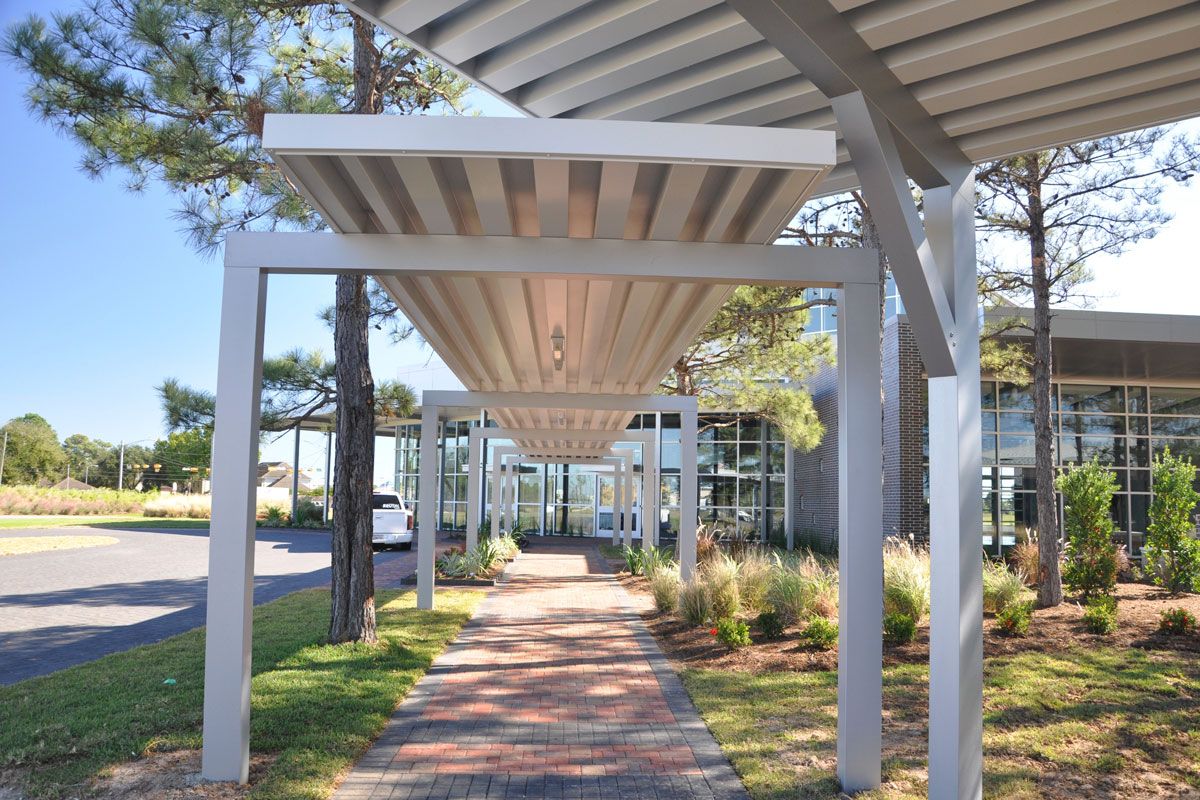
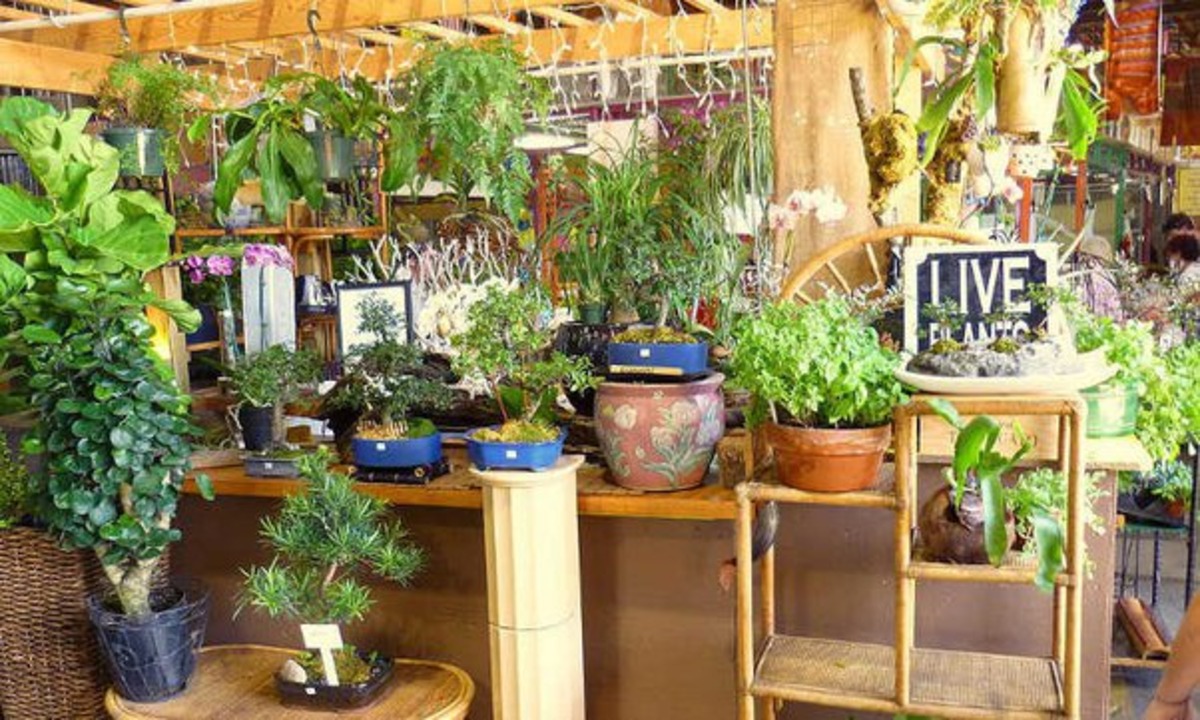
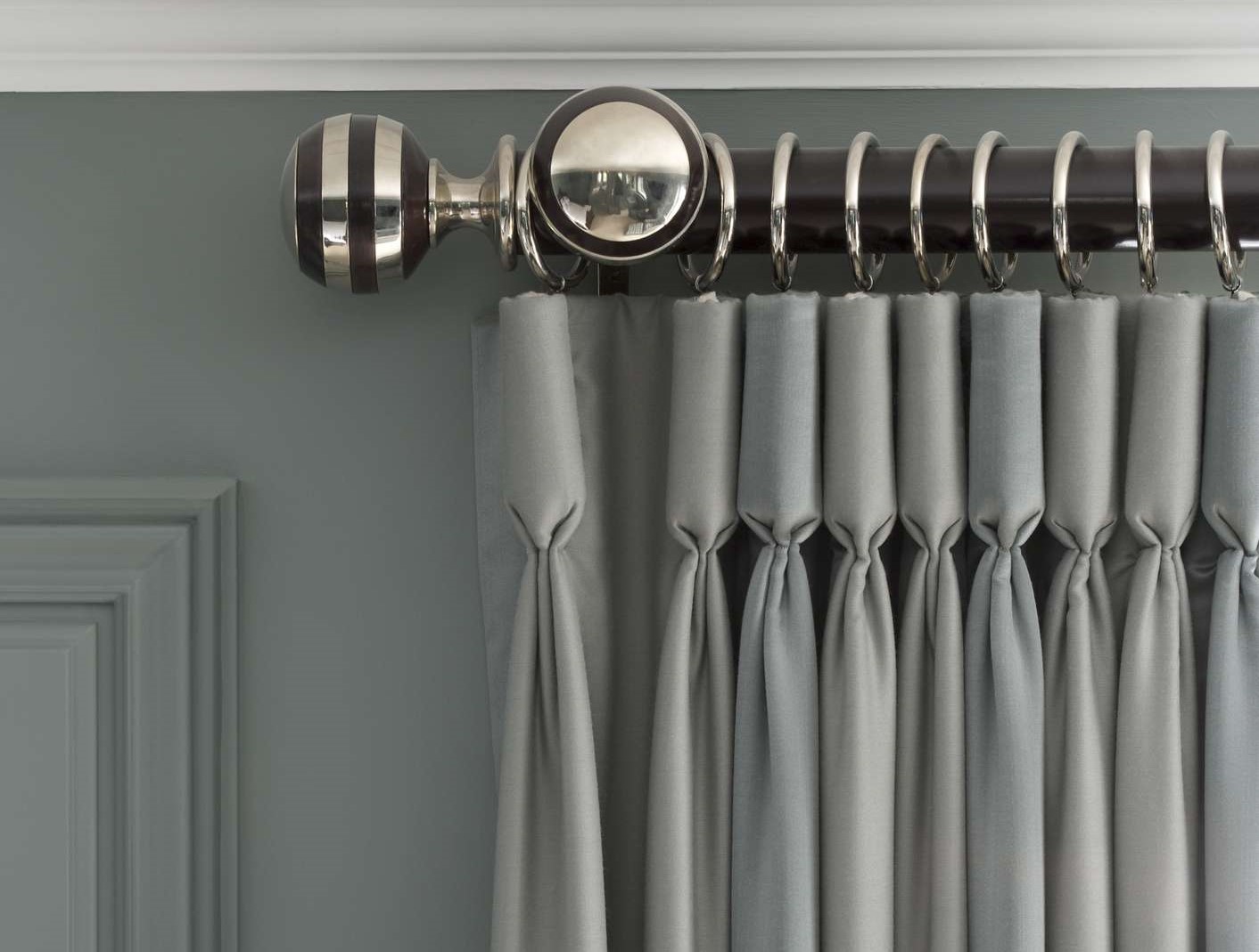

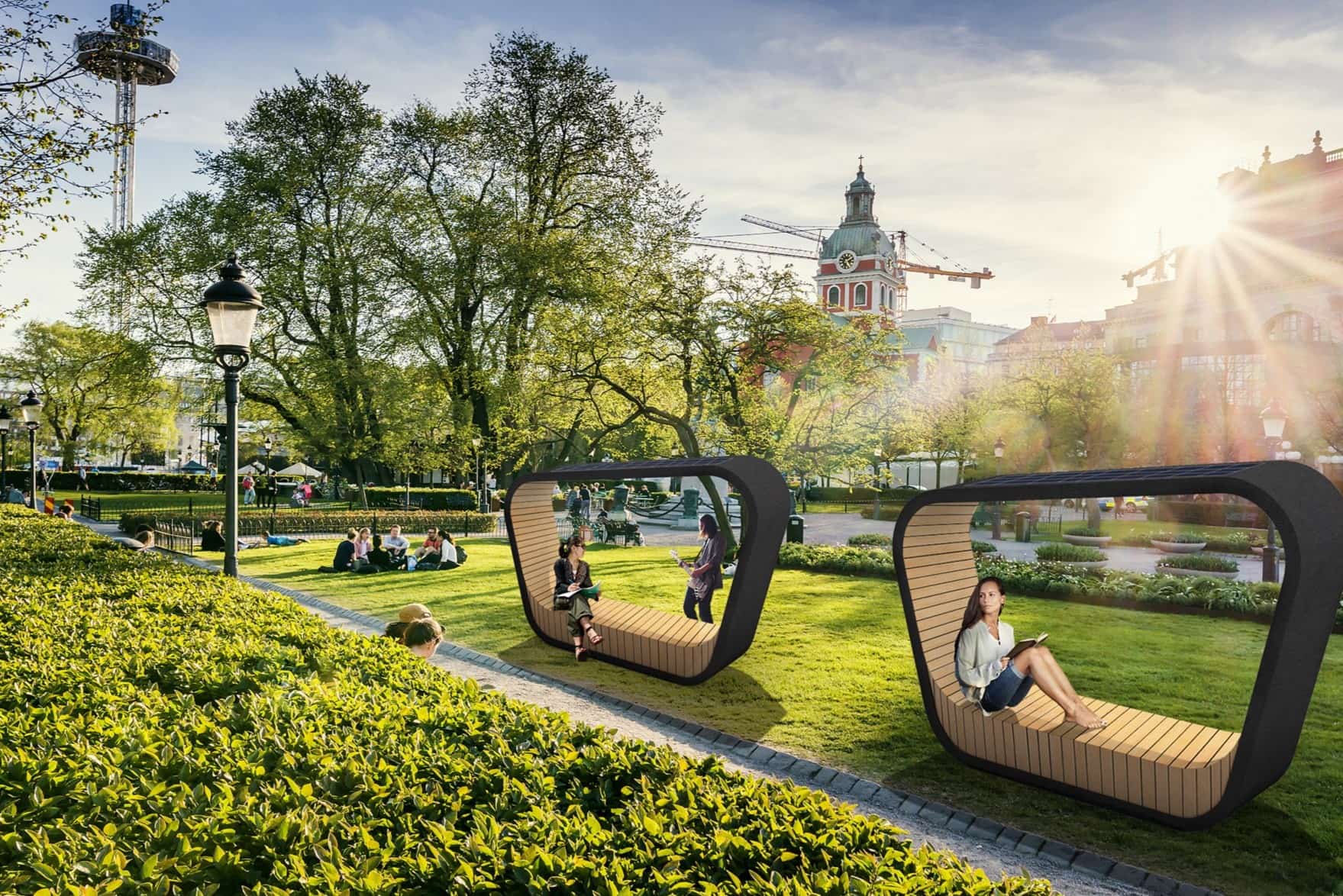
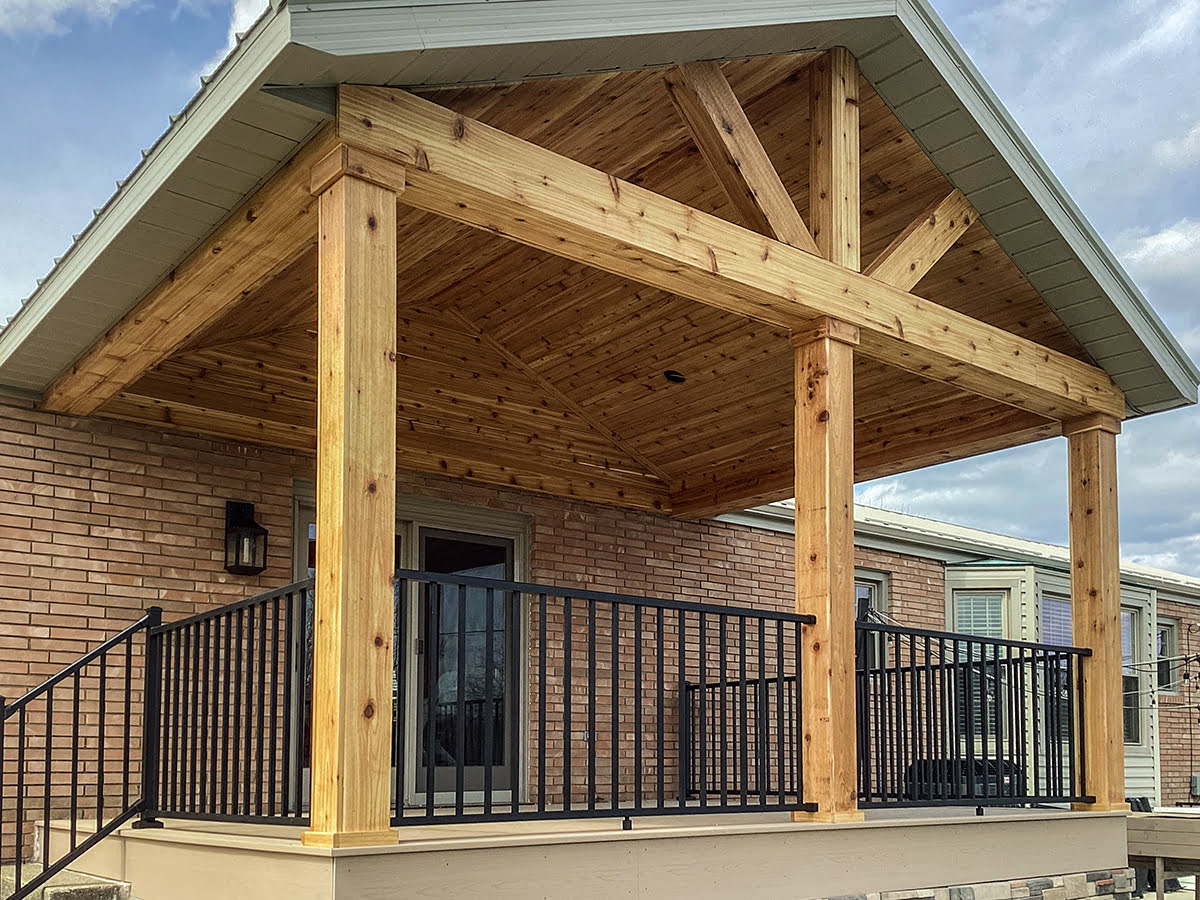

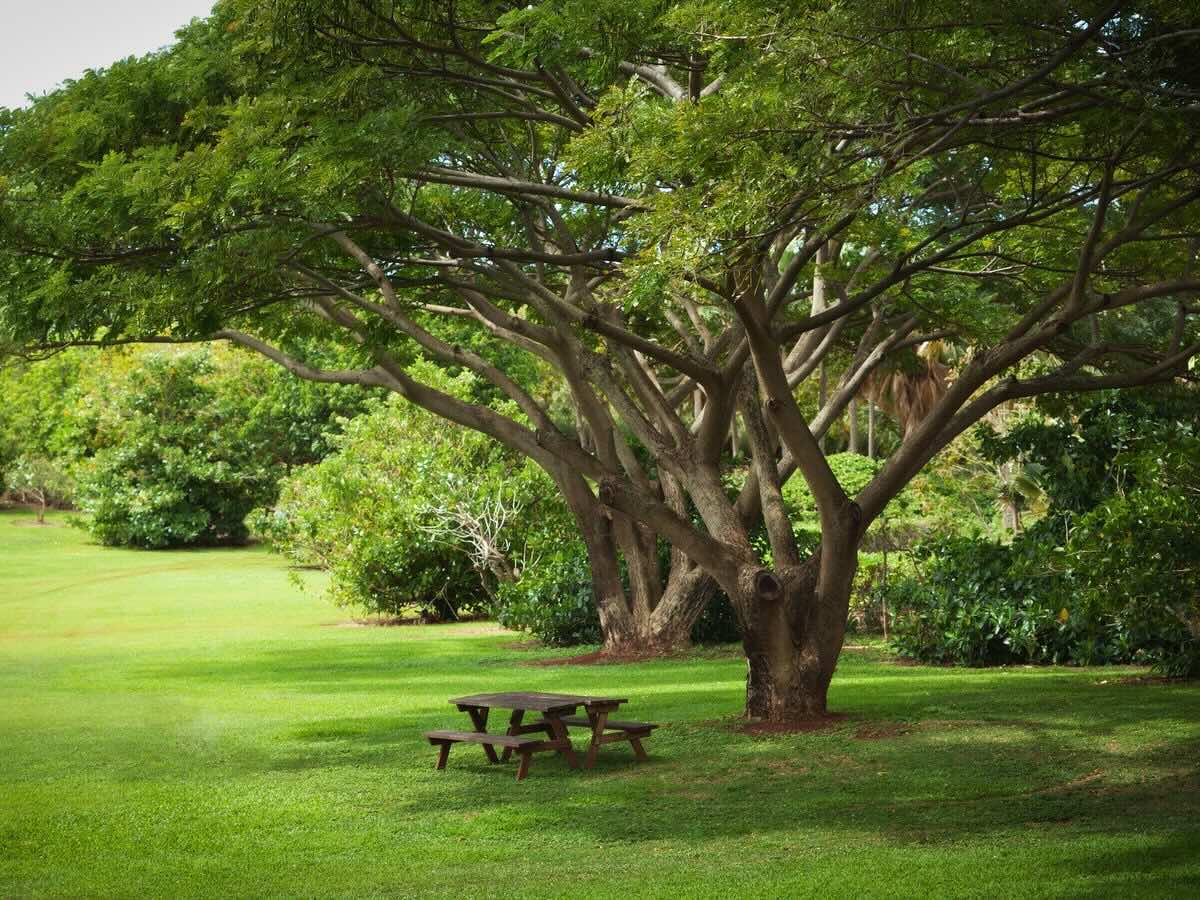

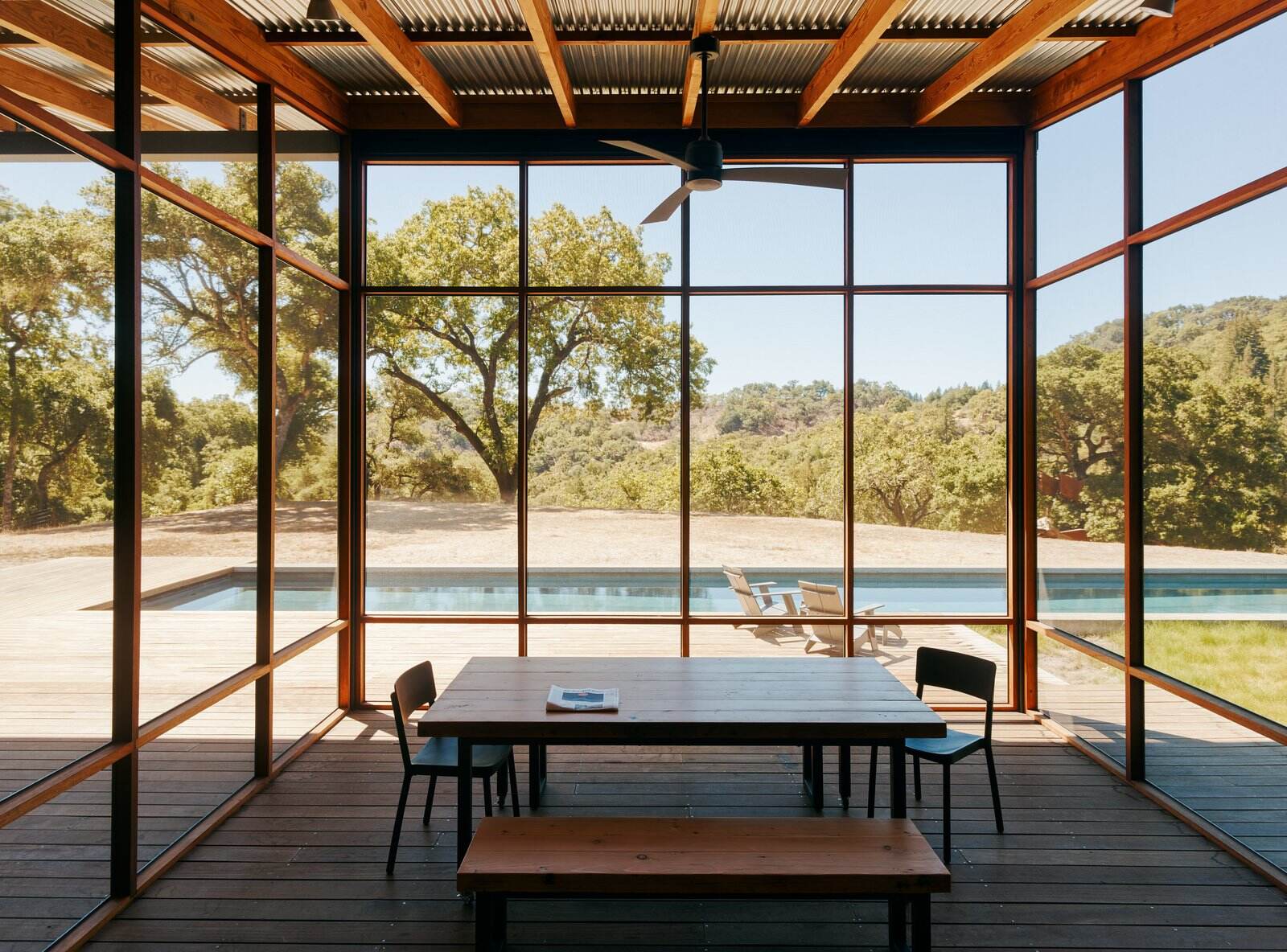
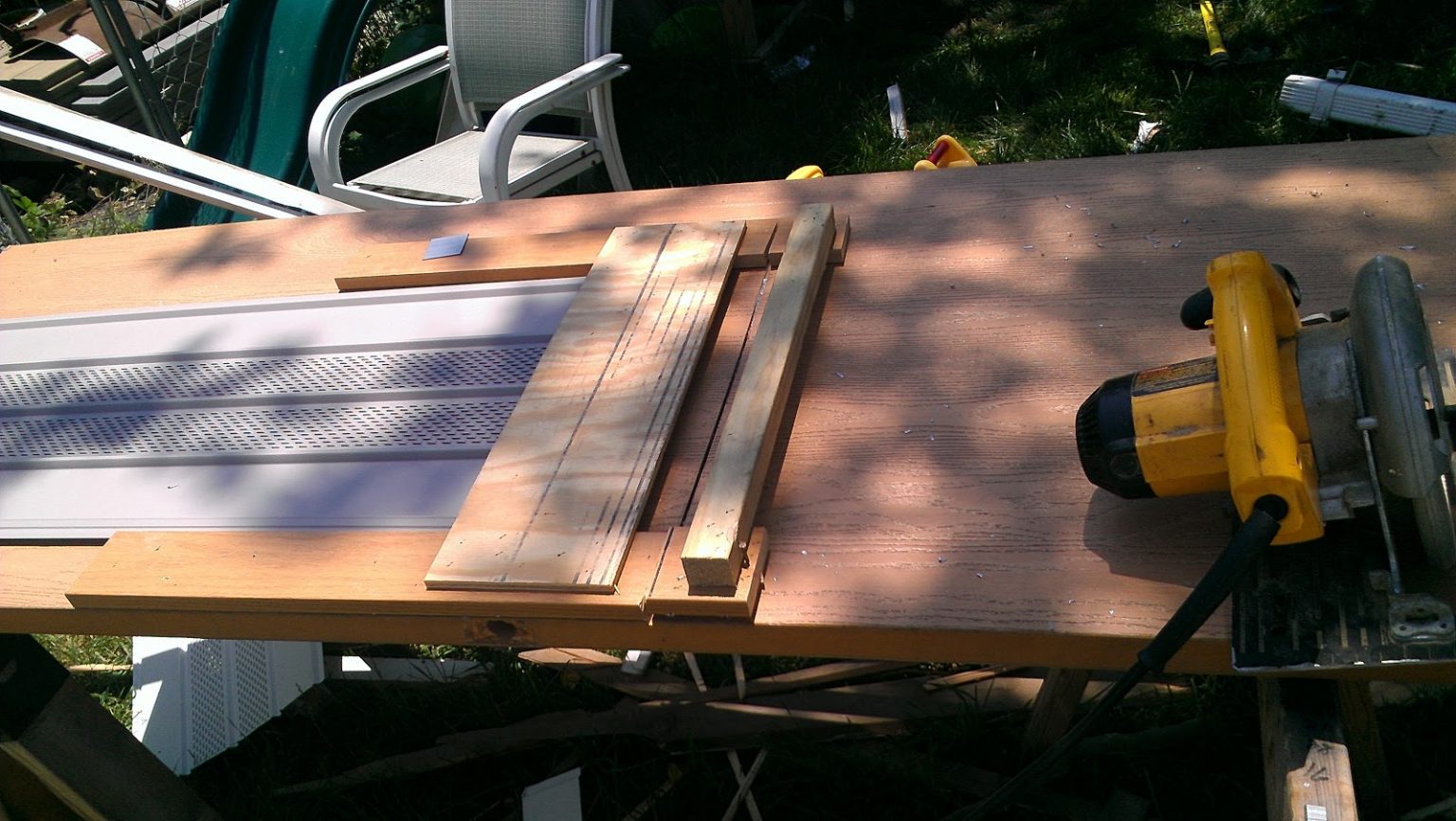

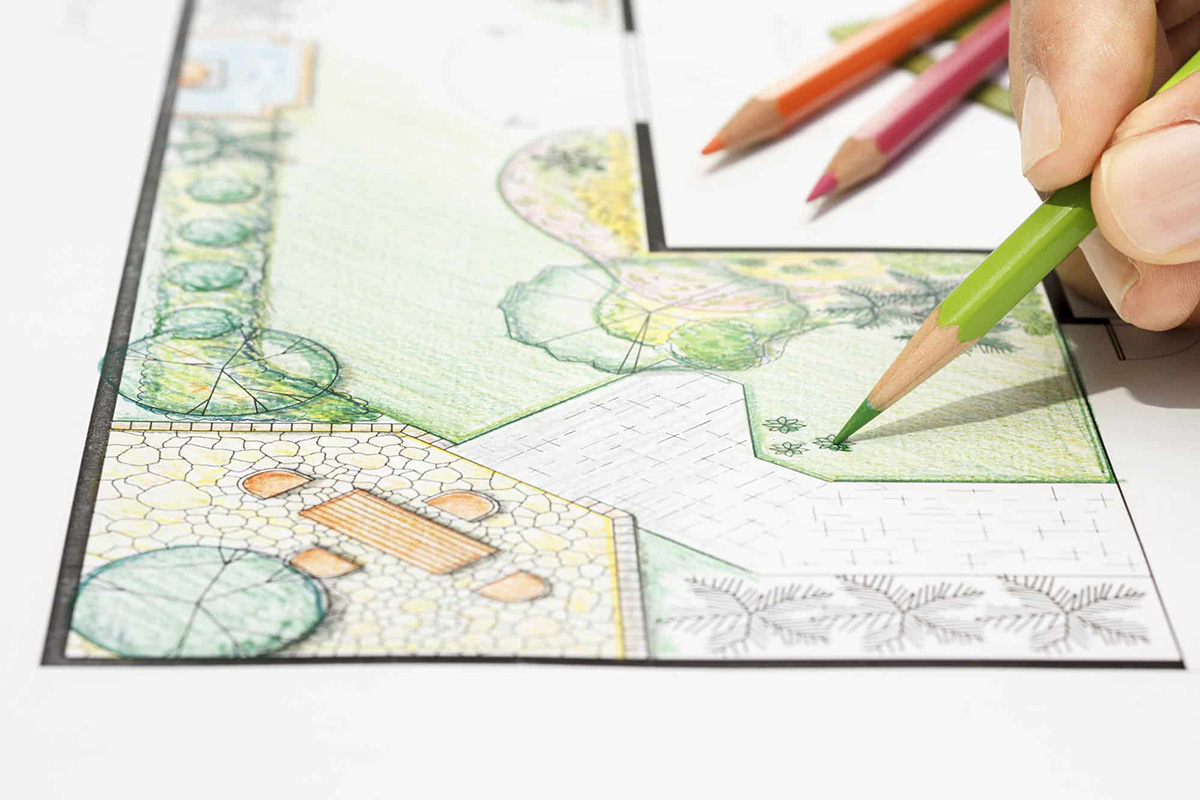

0 thoughts on “What Do You Call A Side View In Landscape Design”